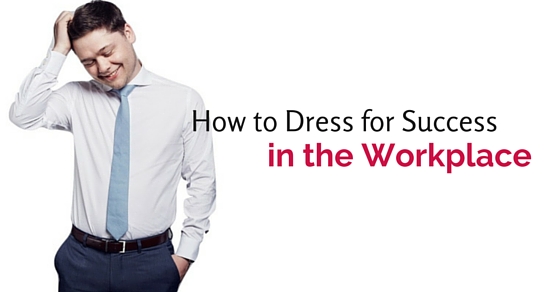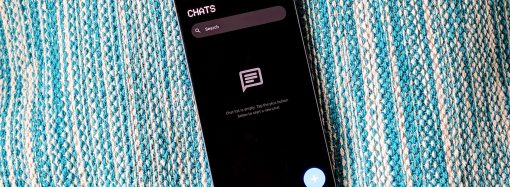Introduction Dressing for success in the workplace is about more than just looking good—it’s about making a positive impression, feeling confident, and aligning with your company’s corporate dress code. Whether you work in a formal corporate environment or a casual startup, your workplace fashion choices can significantly impact how others perceive you. Your professional image
Introduction
Dressing for success in the workplace is about more than just looking good—it’s about making a positive impression, feeling confident, and aligning with your company’s corporate dress code. Whether you work in a formal corporate environment or a casual startup, your workplace fashion choices can significantly impact how others perceive you.
Your professional image not only affects your career growth but also reflects your work ethic. Understanding professional attire guidelines and choosing the right work wardrobe can boost your confidence and help you excel in your career.
In this guide, we’ll cover different types of office wear, the importance of dressing professionally, and practical tips for looking your Best in Any Work Environment.
The Importance of Dressing for Success

Image by: Yandex.com
Your appearance speaks before you do. Dressing well can positively impact your professional journey. Here’s why:
- Boosts Confidence – Wearing well-fitted professional attire makes you feel self-assured.
- Enhances Credibility – A polished look helps establish trust with clients, colleagues, and superiors.
- Reflects Professionalism – Your outfit shows that you take your work seriously.
- Supports Career Growth – Employees who dress for success are more likely to be considered for leadership roles.
Investing in a well-thought-out work wardrobe sets you apart in competitive workplaces.
Understanding Different Workplace Dress Codes
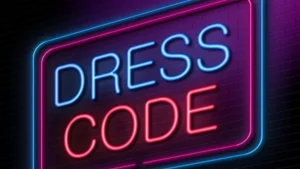
Image by: Yandex.com
Different workplaces have different dress expectations. Choosing the right workplace fashion depends on your industry and company culture.
1. Business Formal
Common in corporate offices, law firms, and financial institutions, this is the most professional dress code.
- Men: Dark-colored suits, dress shirts, silk ties, polished leather shoes.
- Women: Tailored suits, knee-length skirts, blouses, closed-toe heels.
2. Business Casual
A mix of formal and relaxed styles, often found in creative and tech industries.
- Men: Dress shirts, chinos or dress pants, loafers.
- Women: Blouses, skirts, tailored pants, flats or low-heeled shoes.
3. Smart Casual
More relaxed than business casual but still polished, ideal for creative industries.
- Men: Polo shirts, dark jeans or chinos, stylish sneakers or loafers.
- Women: Dresses, blouses, tailored jeans, ankle boots or flats.
4. Casual Office Wear
Startups and laid-back companies may allow casual dressing with some structure.
- Men: Jeans, T-shirts, sneakers (if permitted).
- Women: Stylish blouses, leggings, comfortable shoes.
Knowing your company’s corporate dress code ensures that you make appropriate wardrobe choices.
Building a Work Wardrobe That Works for You
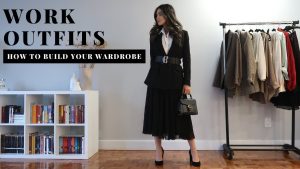
Image by: Yandex.com
Your work wardrobe should be versatile, polished, and appropriate for your role. Here’s how to build a professional collection:
- Invest in Quality Basics – A well-fitted blazer, neutral dress shirts, and classic trousers are essentials.
- Stick to Neutral Colors – Black, gray, navy, and beige always look professional.
- Layer Wisely – Blazers, cardigans, and scarves add a stylish touch while keeping things professional.
- Ensure Proper Fit – Avoid clothes that are too tight or too loose for a neat appearance.
A structured wardrobe with timeless pieces saves time and effort when getting dressed for work.
Grooming and Accessories for a Professional Look
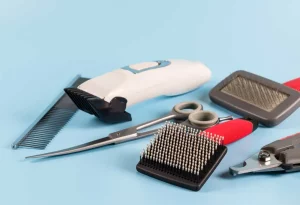
Image by: Yandex.com
Looking professional goes beyond just clothes—grooming and accessories also play an essential role.
1. Hair and Makeup
Your hairstyle should be clean and tidy. Keep makeup minimal and polished for a professional appearance.
2. Accessories
Elegant accessories complete your workplace fashion.
- Men: A sleek watch, leather belt, and subtle cufflinks.
- Women: Minimal jewelry, neutral handbags, and a touch of makeup.
3. Footwear Matters
Unpolished or inappropriate shoes can ruin an outfit. Stick to classic and comfortable shoes that align with your company’s corporate dress code.
Dressing for Job Interviews and Promotions

Image by: Yandex.com
Your professional attire can make or break career opportunities. Dressing appropriately for interviews and promotions is key.
1. Dressing for Interviews
A well-dressed candidate leaves a strong impression.
- Wear business formal attire unless otherwise stated.
- Keep accessories simple and clothing well-ironed.
- Opt for neutral tones and structured fits.
2. Dressing for Promotions
Aspiring for leadership roles? Dress like a leader!
- Upgrade your wardrobe with tailored blazers and dress pants.
- Stick to classic office wear that reflects authority.
- Maintain consistent grooming and styling habits.
By dressing professionally, you can influence how decision-makers Perceive your Career Potential.
Common Workplace Fashion Mistakes to Avoid
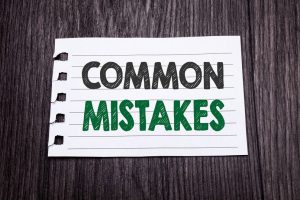
Image by: Yandex.com
Even seasoned professionals can make fashion mistakes. Avoid these pitfalls:
- Wearing wrinkled or ill-fitting clothes.
- Choosing overly casual outfits in formal settings.
- Ignoring company dress codes.
- Over-accessorizing or wearing distracting patterns.
Dressing for success means striking a balance between style and workplace appropriateness.
Table: Quick Guide to Workplace Dress Codes
| Dress Code | Men’s Attire | Women’s Attire |
|---|---|---|
| Business Formal | Dark suits, dress shirts, ties | Suits, knee-length skirts, blouses |
| Business Casual | Chinos, dress shirts, loafers | Blouses, tailored pants, flats |
| Smart Casual | Polo shirts, chinos, sneakers | Dresses, jeans, ankle boots |
| Casual Office Wear | T-shirts, jeans, sneakers | Stylish blouses, leggings, flats |
Final Thoughts
Dressing professionally isn’t about expensive clothes—it’s about confidence, credibility, and making a strong impression. Whether you work in business formal, business casual, or smart casual settings, choosing the right work wardrobe enhances your professional image.
By following the tips in this guide, you can dress for success, feel confident, and make a positive impact in your workplace.

